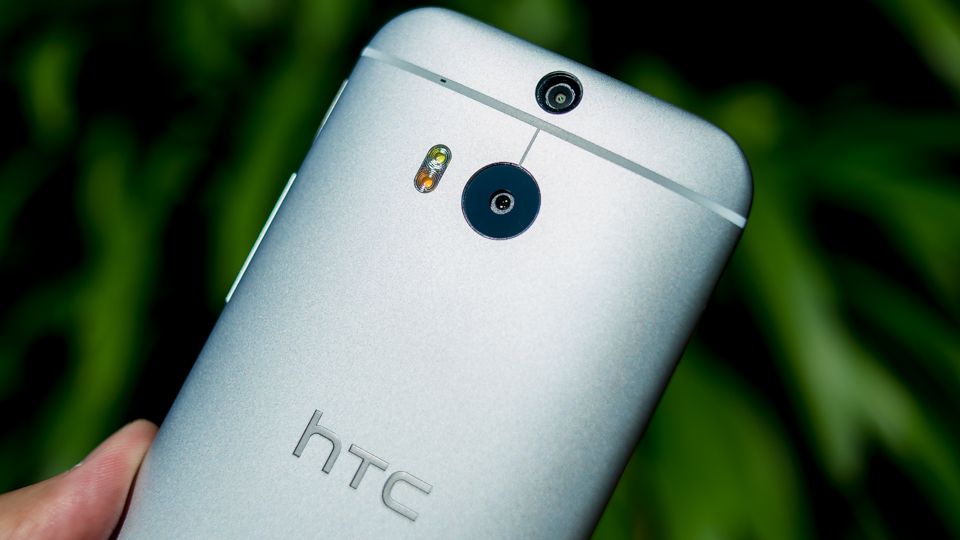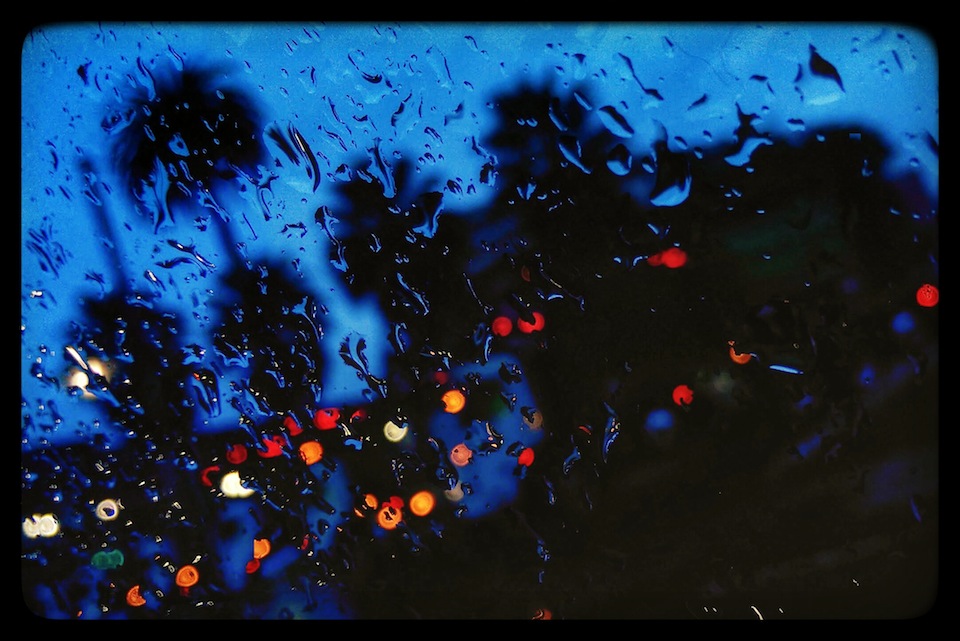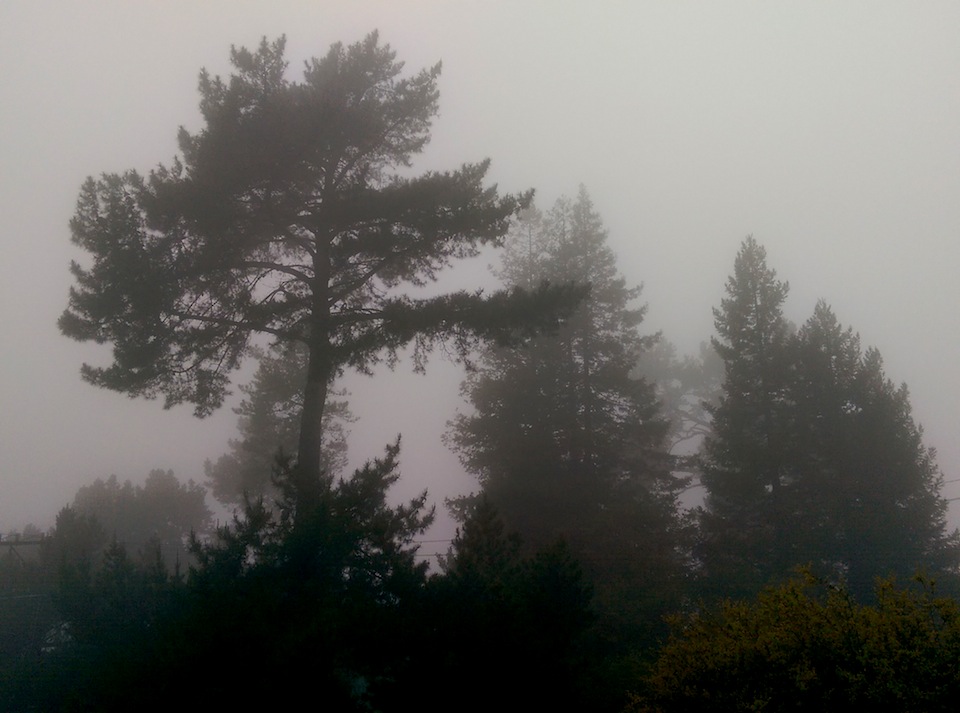Don't blame the HTC One M8's camera
The problem is you

Cameras are one of the first things we look at when judging a new smartphone, and the HTC One M8 wasn't spared our criticism. While we applaud HTC's brave move toward bigger-but-fewer pixel strategy, some find that the lack of resolution leaves the images wanting more.
However, the bashing of the camera that we've read in other reviews and over social media is surprising. The camera on the HTC One M8 isn't that bad. I'd even say it isn't bad at all.
It's easy to get tired of people saying, "Wow, that's an awesome photo! What camera did you use?" Or, "My camera sucks. It takes bad pictures."
No. You take bad pictures.

What I'd consider a bad camera are the ones that were found on flip phones 10 years ago - the ones with 640 x 480 VGA resolution. Even then, if you did it just right, the photos looked good enough on a computer screen.
If you're not looking for good light, composition that makes sense, and an interesting moment, then you're not really looking to take a good photo. You're probably just taking a snapshot, and while there's nothing wrong with that, you can't blame the camera if the photo isn't pretty.

Another complaint I hear about the HTC One M8 is that its photos tend to look flat, or that they aren't as rich in color and contrast as the iPhone 5S or Nokia Lumia 1520. Again, it's not that the camera sensor or module is bad, but perhaps the way the phone processes JPEG images isn't pushed as hard as the other phones. It's not exactly the camera itself.
Get daily insight, inspiration and deals in your inbox
Sign up for breaking news, reviews, opinion, top tech deals, and more.
Also, if color, contrast, and warmth were real issues, apps like Snapseed and VSCO Cam are totally free and will solve 99% of your mobile photo problems.

Perhaps the biggest gripe about the HTC One M8 camera is its lack of serious resolution. When you have 8MP, 13MP, 16MP, 20MP and even 42MP smartphone cameras out there, sticking with a 4MP sensor is a head-scratcher.
Is the minor bump in low-light performance really worth the sacrifice in resolution?
Stop pixel peeping
Perhaps it's worth it, but the thing to consider is what you're going to be doing with all those megapixels, anyway. Are you going to make prints? If so, consider a better camera altogether. Even then, you can make 4 x 6 prints at 300dpi with just a 2MP camera. When was the last time you printed a 16 x 20 photo from your smartphone?

When you're looking at a photo that's 960 pixels wide on your 5-inch smartphone, I guarantee you wouldn't be able to tell if it were taken with a 4MP camera or a 20MP camera.
So when you're reading reviews and remarks online that say things like, "We're losing fine detail in these areas of the photo with the HTC One M8," it's likely as a result of pixel peeping, or looking at the photos at 100% crop. Who does that?
The bottom line is if you want to take better photos with your smartphone, you actually need to learn how to take better photos. Learn how to see light and how it shapes objects and the way it affects color (e.g. colors on a cloudy day will look flat compared to low, directional sunlight).
Learn to find interesting angles, compositions and get creative with your photo ideas. Whether you're shooting with a big DSLR, smartphone camera or a plastic toy camera, it shouldn't matter as much as your eye for light and composition.
Have fun shooting photos, take pictures that mean something to you and your friends and don't worry so much if your camera isn't resolving detail in some leaves that are a hundred yards away.
Is the camera on the HTC One (M8) really good enough? We discuss at length in The Phone Show: